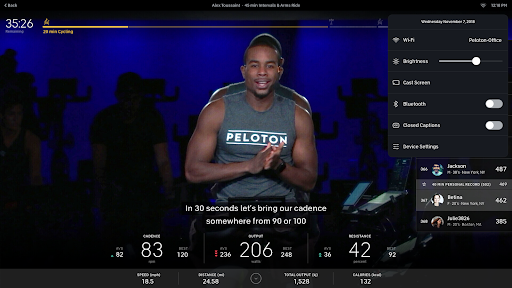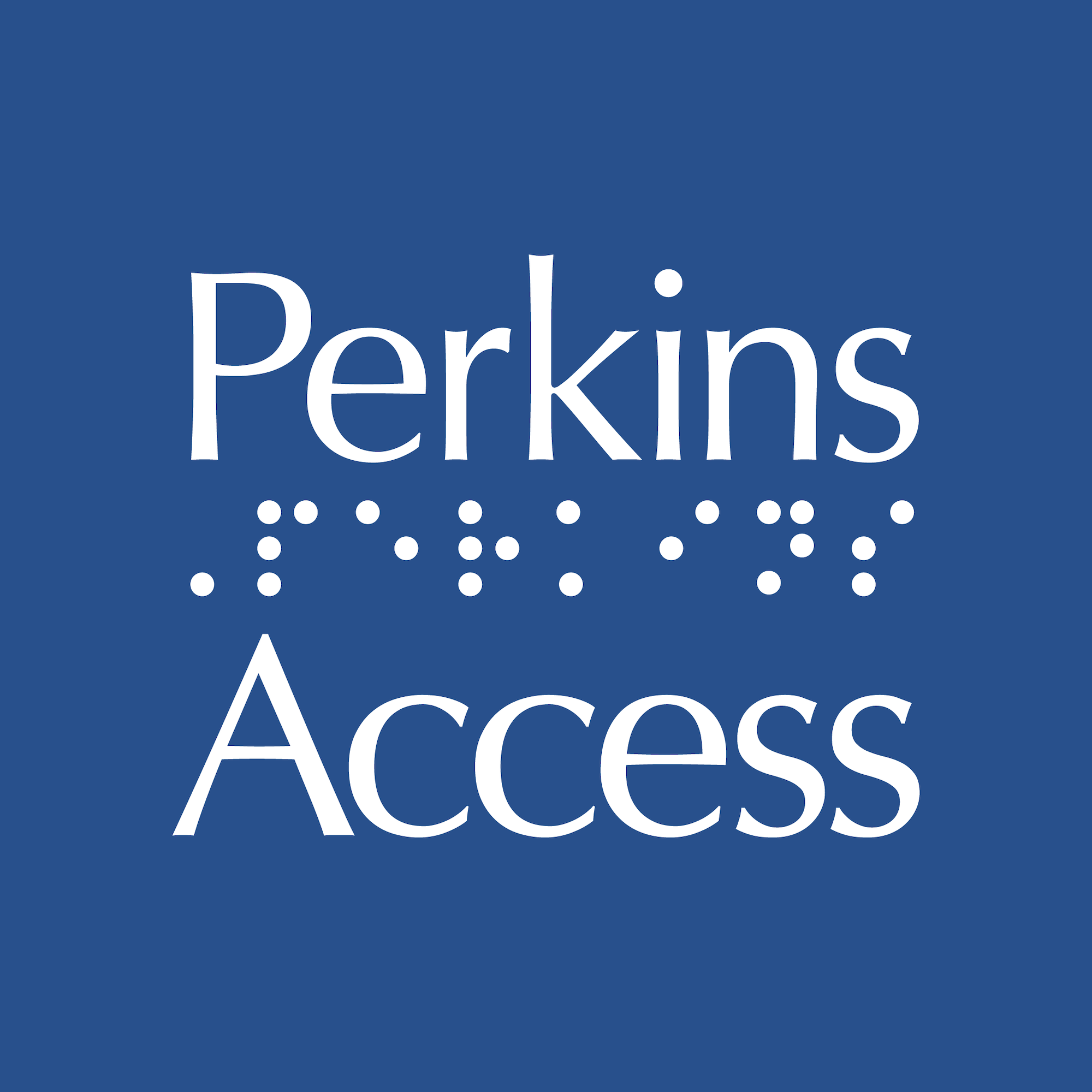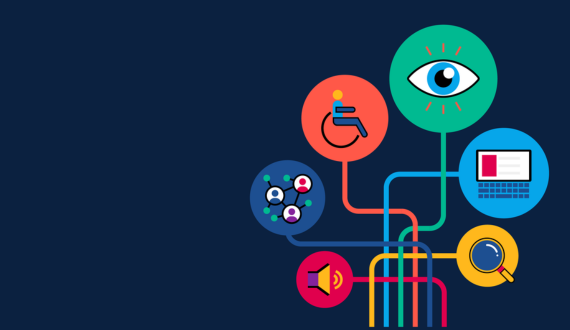How to create inclusive customer experiences
Share

Many organizations have pledged to build diverse, inclusive and equitable organizations. To live up to that commitment, they need to take the next step by acting on those values. Inclusive CX is one way to act on your values and walk the talk.
Inclusion is no longer an add-on or a nice to have, it’s a business imperative. Inclusive organizations aren’t just applying inclusion to their hiring practices, they’re applying it across all of their business processes. And your customer experience (CX) is no exception.
By examining your CX, you’ll begin to understand where you may be excluding customers, so you can start to improve your inclusion.
Why is inclusive CX a priority for organizations?
The business case for inclusion is stronger than ever. When looking at prioritizing inclusion of the disability community alone, we’re talking about 61 million adults in the US and 1 billion people worldwide with $1.2 trillion in annual disposable income. Not to mention the growing risk of accessibility lawsuits that have been on the rise since 2017.
What is inclusive CX?
Inclusive CX means that every customer can fully engage with and participate in your experience. You’re likely not excluding customers on purpose, but you are overlooking how truly diverse your potential customers are. Most people are familiar with inclusion as it relates to race, ethnicity, gender, and sexuality — all of which are vitally important. But what’s often left out of the conversation is disability.
By designing your CX with inclusive design in mind, you’ll be creating experiences that are accessible to as many users as possible, regardless of age, ability or means of access. Want to learn more about inclusive design? Download The Inclusive Design Guide to learn about designing for every user.
Let’s bring inclusive CX to life with a look at some of the most well known examples.
Examples of inclusive CX
Peloton prides themselves on putting their members first. Peloton introduced subtitles for live classes, so deaf and hard of hearing members can participate fully in both recorded and live classes. Captions are necessary for many people who cannot hear and they’re a vital part of providing an inclusive customer experience.

Another organization that is improving their customer inclusion is Netflix. In addition to providing captions, Netflix provides audio description on most of their original tv shows and movies. Audio Description is an optional narration that describes what is happening on screen, including physical actions, facial expressions, costumes, settings, and scene changes. Audio description helps to provide an inclusive experience for people who cannot see the screen.
3 tips for inclusive CX
Build it in
When it comes to creating an inclusive CX, inclusion can’t be an afterthought that’s added on at the end. It has to be built in from the beginning. And users with disabilities have to be included in your process or your experiences will never be truly inclusive and accessible.
Make it a priority
If your organization values inclusion, make sure it’s prioritized as an organization-wide value, with a budget and plan behind it, so you can make an impact on improving your inclusion, for both your employees and your customers.
Get help
Taking your value of inclusion beyond your company culture and into your customer experience requires strategy and an expert to lead the way. Contact Perkins Access to discuss how our trusted advisors can help your organization create inclusive and accessible experiences that work for every customer.
And don’t forget to download our Inclusive Design Guide to learn about designing for every user.




